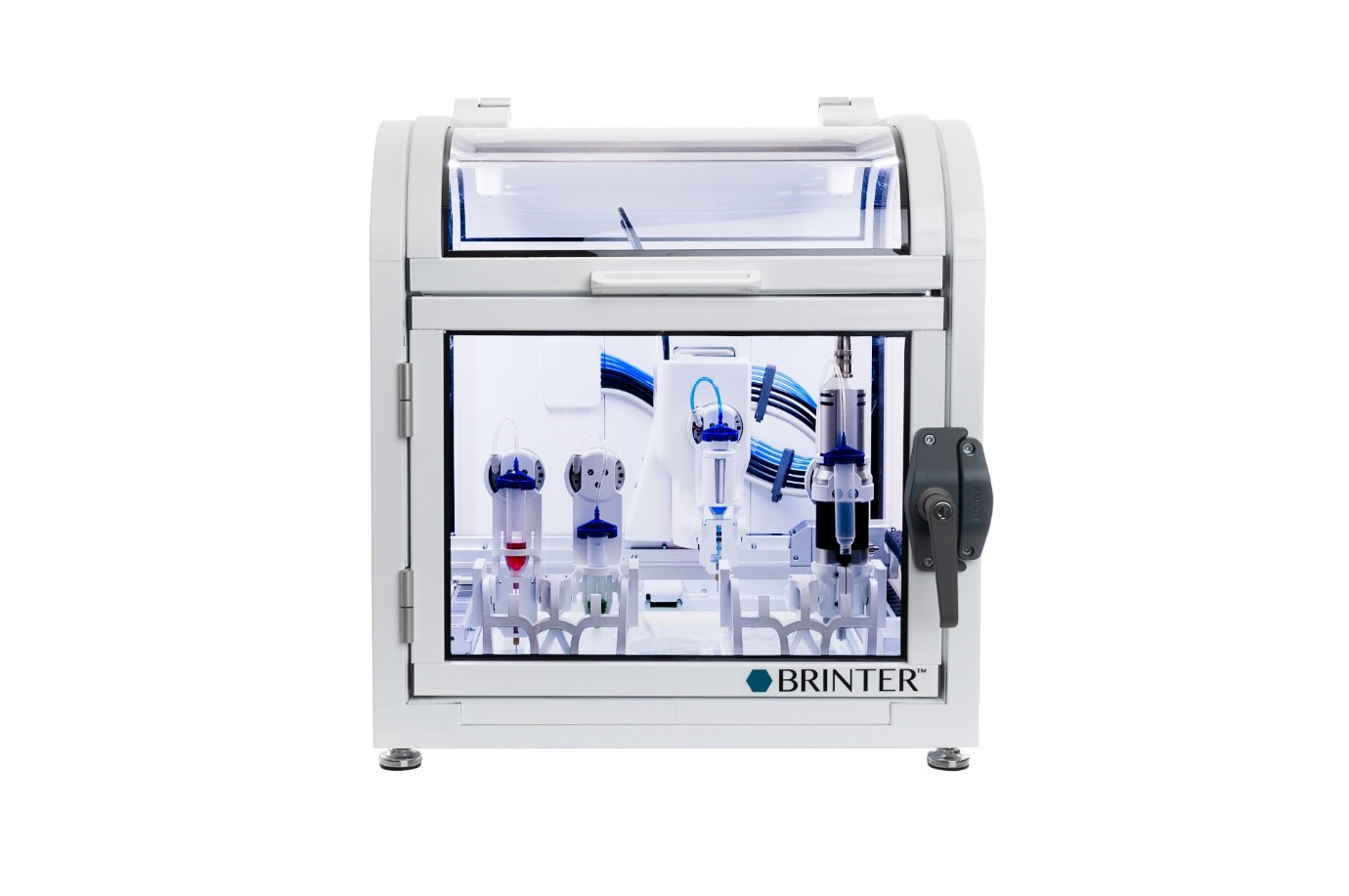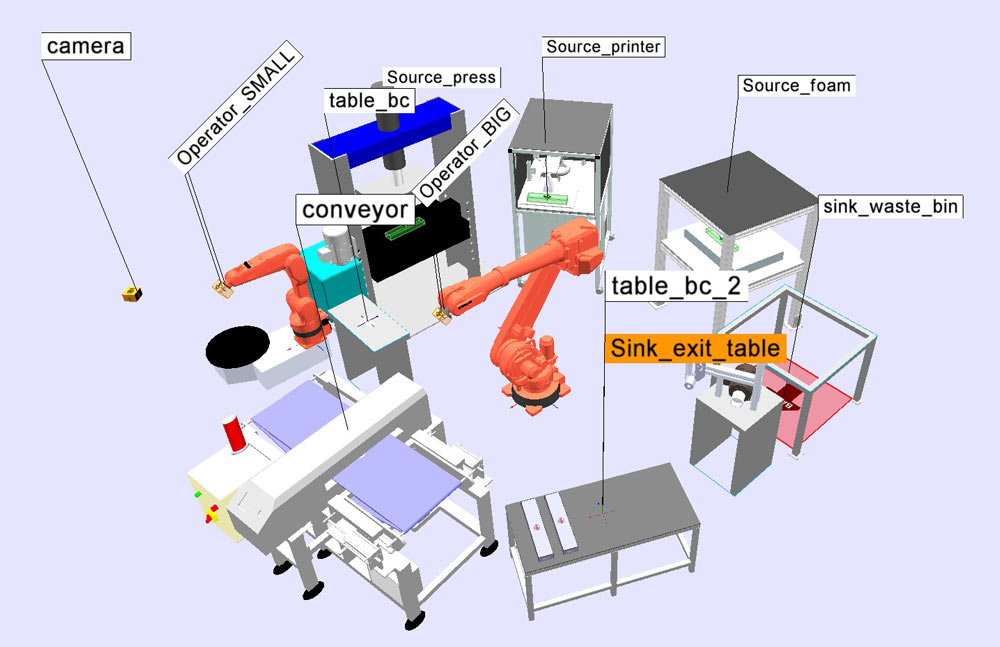As discussed in our series on the relationship between 3D printing and climate change, fossil fuel companies anticipating any regulation in response to global warming have warmed up to the idea of devoting more resources to plastics production. However, even plastics are being regulated to a minor degree, particularly when it comes to single-use consumer products. By 2021, the European Union will ban single-use plastic cutlery, cotton buds, straws and stirrers. Other items banned in such nations as the U.K., Taiwan, Canada, Kenya and more include microbeads, plastic bags and other single-use plastic goods.
While not entirely aggressive, these forms of legislation demonstrate some willingness on the part of national governments to take steps necessary to combat the ongoing ecological collapse that has been precipitated by industrial human civilization. If these societies wish to retain any semblance of their current ways of life, they will need to develop alternatives to fossil fuel-based polymers.
Among the biopolymers discussed in our series on the topic, cellulose seemed like a potentially promising one. The state-owned VTT Technical Research Centre of Finland seems to think so, as its NOVUM Project is dedicated entirely to 3D printing cellulose materials. Project leader Heli Kangas was able to tell us more about it at Formnext Connect.

The BRINTER cellulose 3D printer developed by 3D Tech as part of the NOVUM project. Image courtesy of the NOVUM Project.
Constituting roughly one-third of vegetable matter on Earth, cellulose is the primary component of cell walls in plants, making it one of the most abundant polymers on the planet. The primary sources of commercial cellulose are wood and cotton, with the former resulting in the manufacturing of paper products.
Due to Finland’s robust lumber industry, cellulose presented itself as a prime candidate for the NOVUM project, according to Kangas. The material also happens to be what ABB Robotics uses for some of its insulation components in oil-cooled power transformers due to its high purity, dielectric strength, mechanical strength, long lifetime at operating temperatures and its ability to be permeated with oil.
However, the traditional process to make cellulose parts requires around eight energy and labor-intensive steps. This typically begins with gluing sheets of cellulose together and then forming them manually using metal molds. This means that hundreds or thousands of molds are needed to make a large variety of such parts.
In contrast, 3D printing with cellulose eliminates the need for a mold entirely and can reduce the number of production steps to just two or three: design, 3D printing and post-processing. Unlike traditional mold-based techniques, 3D printing would be highly automated. Ultimately, NOVUM team members believe that it may be possible to reduce labor by 40 percent, waste generation by 60 percent, and energy consumption by 40 percent.
With the goal of developing a pilot line for 3D printing of cellulose structures by 2021, the project kicked off. While the group considered a variety of methods for 3D printing the material, including material jetting and sheet lamination, material extrusion was determined to be the most feasible for processing cellulose.
VTT and its partners, specifically Finland’s 3D Tech in this case, ultimately developed a lab-scale, desktop 3D printer dubbed the BRINTER capable of 3D printing cellulose filaments, granules and pastes. The cellulose has no petroleum-based additives. Unlike other biomaterials, which may use petroleum-derived plasticizers to improve the physical characteristics of the polymer, VTT’s cellulose is 100 percent biobased and is about 50 to 60 percent cellulose by weight.
“Well, [cellulose is] actually a plasticizer in itself when you modify it. We’ve done it with fatty acids, for example. So, that itself is a plasticizer. We’re using this cellulose acetate property or modified cell walls, as well. And then we add some cellulose fibers or powders there, too, to kind of give the texture and the strength in the fibers,” Kangas said. “But, actually, the materials themselves act as the plasticizer. In some cases, we need to use an external plasticizer, but they are all biobased.”
The next step is to transform this technology into a pilot production line, which VTT partner Abis is now in the process of doing. The industrial system is meant to handle all aspects of the manufacturing process, with one industrial robot receiving a 3D printed part from the printer, a second robot performing visual inspection and possibly a third one conducting surface treatment.
Challenges include the ability to handle the product without damaging it, keeping in mind hardness and humidity. This may require “seasoning” in storage areas or furnaces. Other functionality being considered are the inclusion of product tracking, assigning ID numbers to parts, and collecting data from the printer during the production process.
“[The pilot line is at] a technology readiness level six, which means that it’s been piloted or demonstrated in the relevant environment,” Kangas said. “The relevant environment in this case is 3D Tech’s location. They are a service provider for different end-users.”
When asked about how close we are to replacing fossil fuel-based plastics with cellulose, Kangas said:
“Cellulose likes water, so it holds onto it. You can make paper out of it, but it’s difficult to make 3D shapes because—if it’s just the fiber and water as it usually is—then, when you dry it, it takes a lot of energy to actually press the water from it. But when you use 3d printing technology, you don’t have the water, but then it’s not the natural element of cellulose either. So, if you’re comparing cellulose parts to plastics, the mechanical properties are not there yet. I mean, we are getting closer and closer, but we are not there yet.”
Now that the NOVUM partners have developed the means to produce cellulose parts in an automated manner that is less energy intensive, there remains the need for a supplier of cellulose material for 3D printing.
“That’s kind of the missing link from the value chain. We don’t have the [right kind of material producer] producer. Some chemical company would need to become become interested in the material,” Kangas said.
Finland’s declining paper industry would obviously benefit from the production of cellulose parts, but the planet would benefit from shifting away from petroleum-derived plastics. Whether or not that would be through the use of cellulose is not yet known. Kangas believes that cellulose could be used to replace some single-used plastics, such as food packaging, noting that a coating would be needed to prevent moisture from penetrating the cellulose.
In the end, however, she believes that even bio-based polymers can’t be used to replace all of the plastics currently in production. Instead, she believes that changes need to be made to how we use and recycle plastics. This means using less virgin materials, improve the overall recycling system, change people’s attitudes so that they reuse and recycle whenever possible. Then, replacing fossil fuel plastics with biopolymers would play a minor role.
While the initial goal for the project was to 3D print insulators for ABB, the group is still researching the technology for that specific application. More development is required to get the 3D printed cellulose parts up to the task of operating at high temperatures in oil for 3D years. ABB may still end up using the technology, but, in the meantime, VTT has already seen interest in the marine and automotive industries. For the former, the idea would be to 3D print decorative elements made from cellulose for cruise ships. For the latter, manufacturers are considering the replacement of fossil fuel-based plastics with cellulose parts.
The NOVUM project partners are not the only ones working to 3D print cellulose materials. A brief list of research endeavors directed toward this goal include cellulose aerogels, biodegradable wound patches, filament made from recycled cellulose polypropylene, cellulose acetate, responsive ink, and large-scale objects. However, once this pilot program is off the ground, a corporate partner like 3D Tech will be able to bring it to market and, hopefully, make 3D printing of cellulose an increasingly mainstream activity.
Subscribe to Our Email Newsletter
Stay up-to-date on all the latest news from the 3D printing industry and receive information and offers from third party vendors.
You May Also Like
Gorilla Sports GE’s First 3D Printed Titanium Cast
How do you help a gorilla with a broken arm? Sounds like the start of a bad joke a zookeeper might tell, but it’s an actual dilemma recently faced by...
Nylon 3D Printed Parts Made More Functional with Coatings & Colors
Parts 3D printed from polyamide (PA, Nylon) 12 using powder bed fusion (PBF) are a mainstay in the additive manufacturing (AM) industry. While post-finishing processes have improved the porosity of...
$25M to Back Sintavia’s Largest Expansion of Metal 3D Printing Capacity Since 2019
Sintavia, the digital manufacturing company specializing in mission-critical parts for strategic sectors, announced a $25 million investment to increase its production capacity, the largest expansion to its operations since 2019....
Velo3D Initiates Public Offering in a Bid to Strengthen Financial Foundations and Drive Future Growth
Velo3D (NYSE: VLD) has been among a number of publicly traded 3D printing firms that have attempted to weather the current macroeconomic climate. After posting a challenging financial report for 2023,...

































